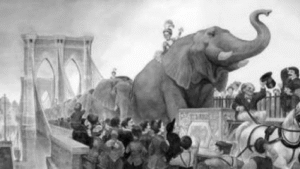Indian geophysicists J.G. Negi and R.R. Tewari from the National Geophysical Research Institute (NGRI), Hyderabad (now in Telangana) proposed a groundbreaking theory linking the flipping of Earth’s magnetic field—a phenomenon known as geomagnetic reversal—to variations in Earth’s gravitational force.
- Geomagnetic Reversals and Earth’s Gravity:
They suggested that the flipping of the Earth’s magnetic field (where the North and South poles switch places) is influenced by changes in Earth’s gravitational field strength.
This was a novel hypothesis because traditional theories mainly attributed geomagnetic reversals to dynamo effects in the Earth’s outer core, where molten iron generates the planet’s magnetic field.
- Correlation with the Sun’s Orbit:
Their research indicated that the frequency of geomagnetic reversals is directly correlated with the orbital periodicity of the Sun around the center of the Milky Way.
This implied a possible astronomical influence on Earth’s internal processes, suggesting that large-scale cosmic cycles could impact Earth’s magnetism.
- Implications for Earth’s Evolution:
The theory provided a new perspective on how external gravitational influences, such as those from the Sun and possibly the Milky Way’s galactic forces, could interact with Earth’s deep interior.
Understanding geomagnetic reversals is crucial for interpreting Earth’s geological history, mass extinctions, and climate changes, as the planet’s magnetic field plays a vital role in shielding life from harmful solar and cosmic radiation.
Although further studies have continued to explore the mechanisms behind geomagnetic reversals, the hypothesis by Negi and Tewari remains a significant contribution to geophysical research, highlighting the complex interplay between terrestrial and celestial forces in shaping Earth’s magnetic history.







